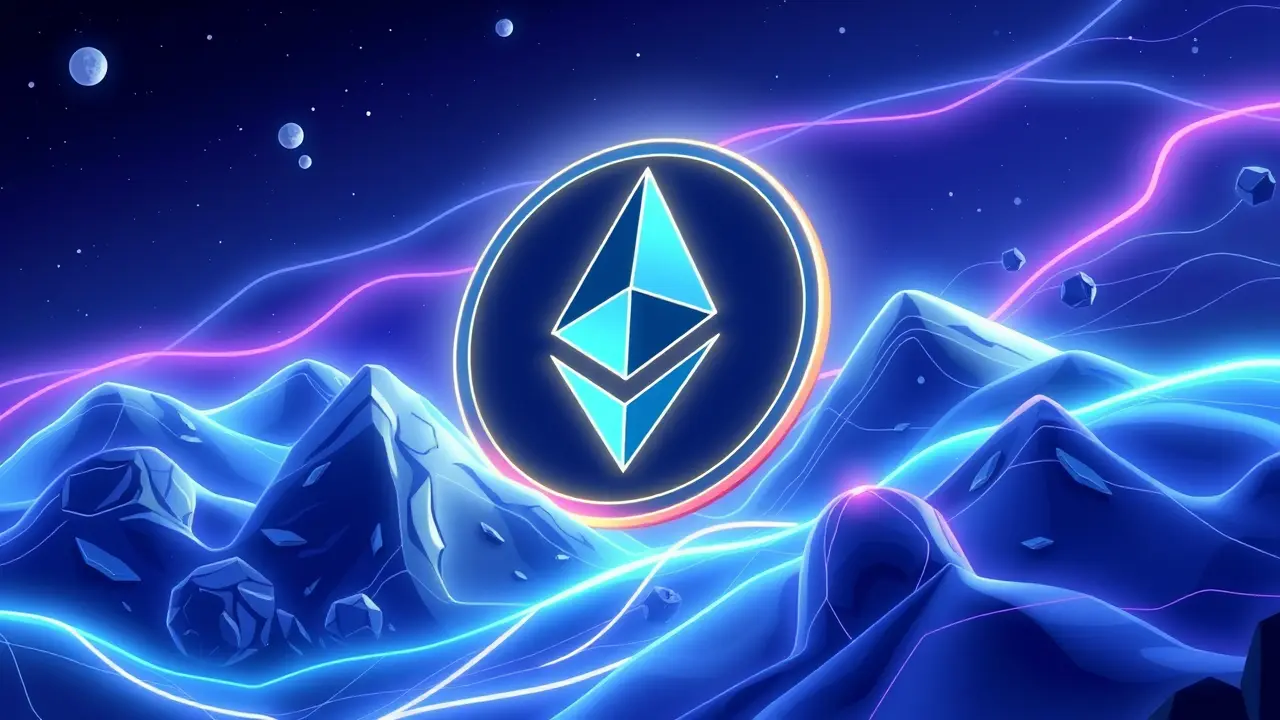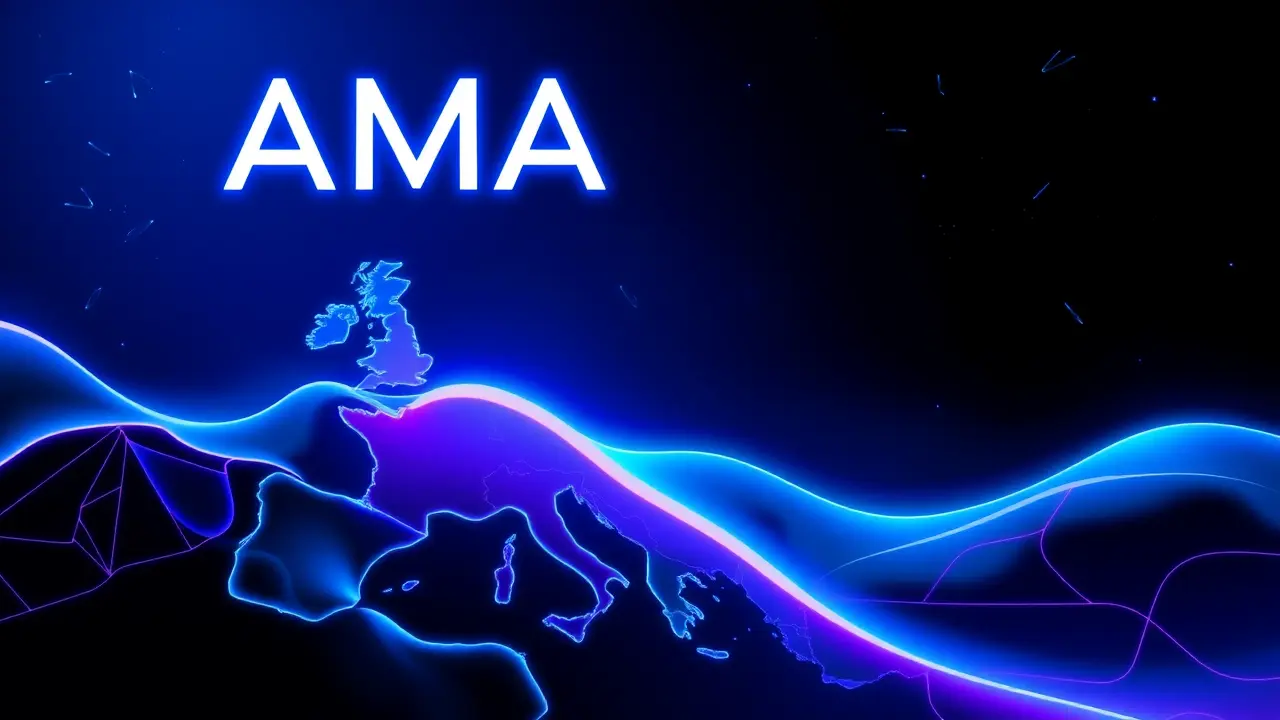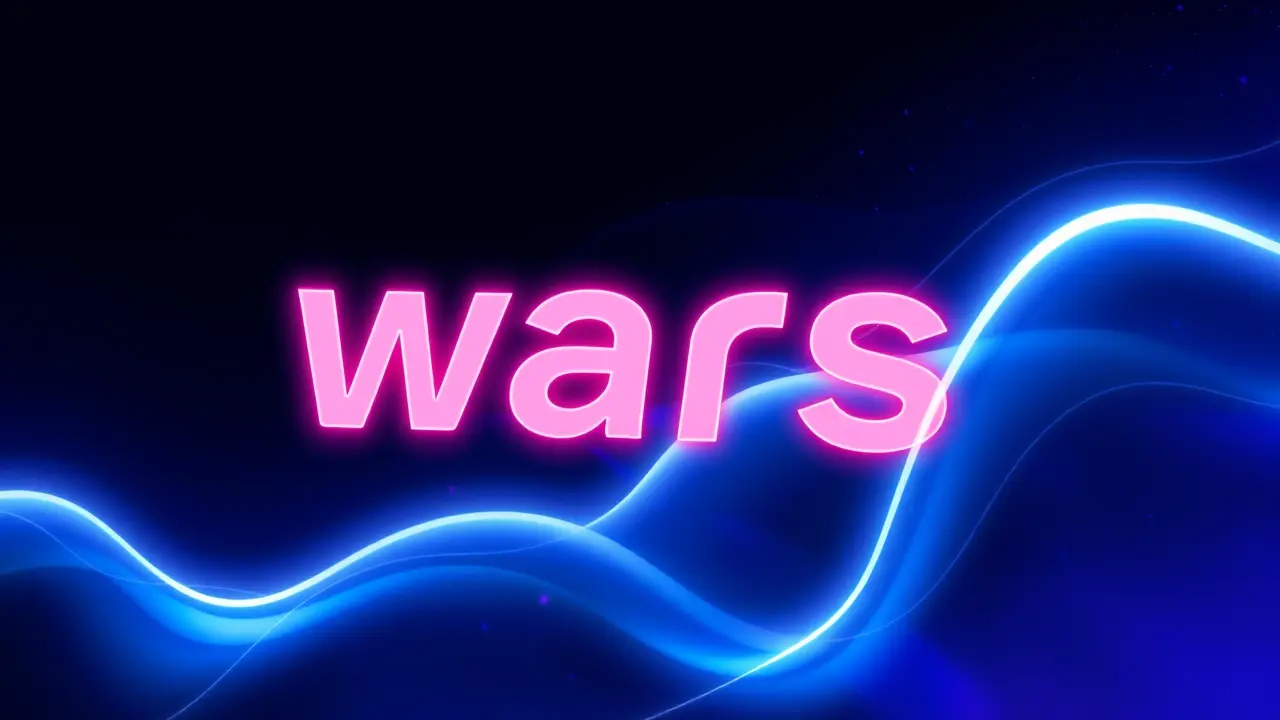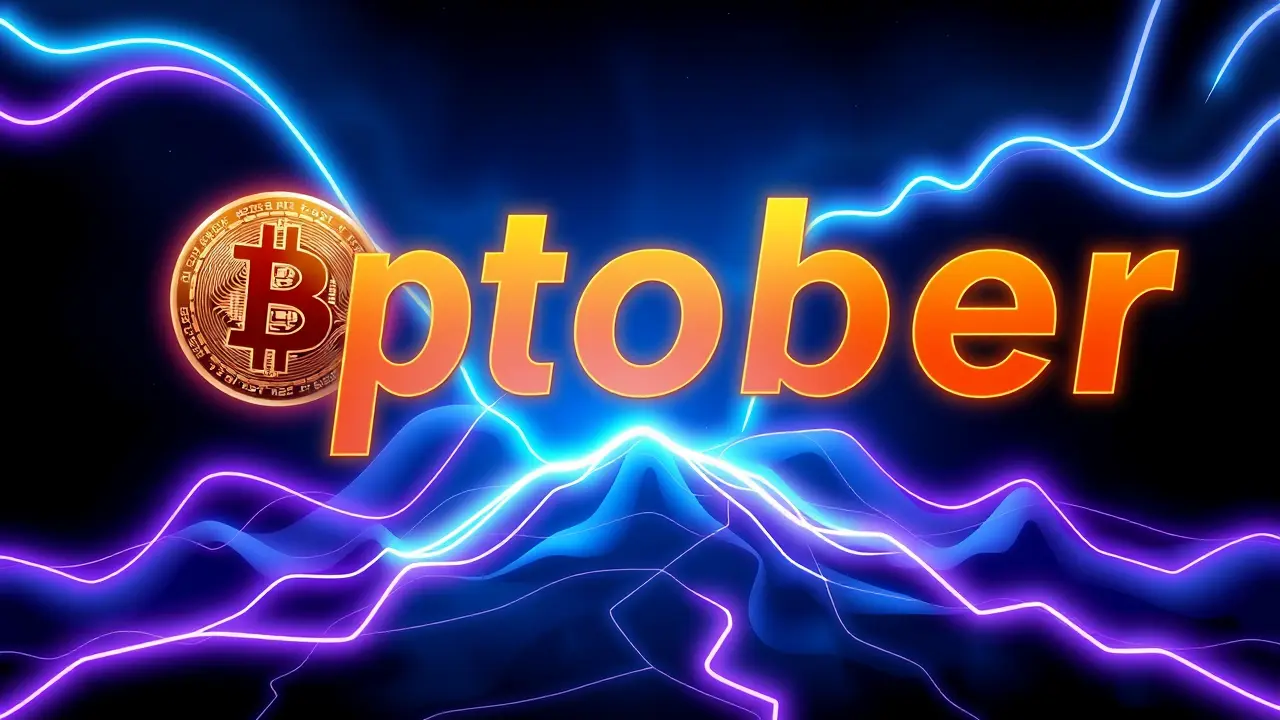- News
- crypto
- Consensys-backed Ethereum treasury firm SharpLink deploys $200 million in ETH on Linea Layer 2

CryptoethereumLayer-2 Networks
Consensys-backed Ethereum treasury firm SharpLink deploys $200 million in ETH on Linea Layer 2
AL
Alice Morgan
6 days ago7 min read2 comments
In a move that signals a deepening institutional commitment to the Ethereum ecosystem's layered future, SharpLink, a Consensys-backed treasury management firm, has strategically deployed a formidable $200 million tranche of its ETH holdings onto Linea, the zk-rollup Layer 2 network co-developed by ConsenSys itself. This isn't a simple transfer of assets; it's a sophisticated, yield-generating maneuver that sees the capital funneled into a dual-pronged strategy leveraging the pioneering liquid staking protocol ether.fi and the emerging restaking behemoth EigenLayer. The deployment of such a significant sum—$200 million in ETH is not a trivial amount, even by crypto's grandiose standards—acts as a powerful vote of confidence not just in Linea's technical capacity to scale Ethereum, but in the entire economic flywheel of staking and restaking that is rapidly becoming the foundational bedrock of DeFi's next chapter.For those following the evolution of Ethereum's 'Merge' to proof-of-stake, this is a logical, albeit ambitious, progression. Staking, the act of locking ETH to secure the network and earn rewards, has been the baseline.But the innovation of liquid staking tokens (LSTs), like those minted by ether. fi, unlocked liquidity, allowing participants to use their staked assets elsewhere in DeFi.EigenLayer's restaking paradigm takes this a revolutionary step further, permitting these same LSTs, or even native staked ETH, to be 'restaked' to secure a whole new class of decentralized services, from alternative data availability layers to new virtual machines, thereby opening up additional, compounding streams of yield. SharpLink's deployment is a masterclass in treasury optimization, effectively turning a static balance sheet asset into a dynamic, productive force within the crypto-economic machine.The choice of Linea is particularly telling. As an Ethereum Virtual Machine (EVM)-equivalent zk-rollup, it offers the security of Ethereum mainnet with drastically lower transaction fees and higher throughput, making it an ideal environment for the complex, multi-step smart contract interactions required for such sophisticated DeFi strategies.This isn't merely about earning a higher annual percentage yield (APY); it's about actively participating in and securing the nascent 'modular stack' that visionaries like Vitalik Buterin have long championed. By allocating capital through EigenLayer, SharpLink is essentially underwriting the security and trustworthiness of new protocols built on this stack, a role traditionally reserved for the base layer itself.The implications are profound. This single transaction blurs the lines between a corporate treasury operation and a foundational network validator, demonstrating how capital in the Web3 era can be put to work in deeply integrated, protocol-level ways that are simply impossible in traditional finance.It also raises the stakes for the entire restaking ecosystem, which, while promising, is not without its risks—from the slashing conditions of novel Actively Validated Services (AVSs) to the systemic complexities of layered financial derivatives. One can't help but see this as a template, a case study that other DAOs and crypto-native institutions will scrutinize and likely emulate.If the first wave of crypto treasury management was about simple HODLing, and the second was about basic DeFi yield farming, we are now entering a third, more mature phase defined by nuanced, multi-layered strategies that directly fuel the infrastructure of the decentralized web. SharpLink's $200 million wager is a bold declaration that the future of Ethereum's value isn't just on its base chain, but in the vibrant, interconnected constellation of Layer 2s and services being built atop it, and that the most forward-thinking capital will be there, working tirelessly to secure and grow it from within.
#featured
#SharpLink
#Ethereum treasury
#Linea
#staking
#restaking
#ether.fi
#EigenLayer
Stay Informed. Act Smarter.
Get weekly highlights, major headlines, and expert insights — then put your knowledge to work in our live prediction markets.
Related News
© 2025 Outpoll Service LTD. All rights reserved.














